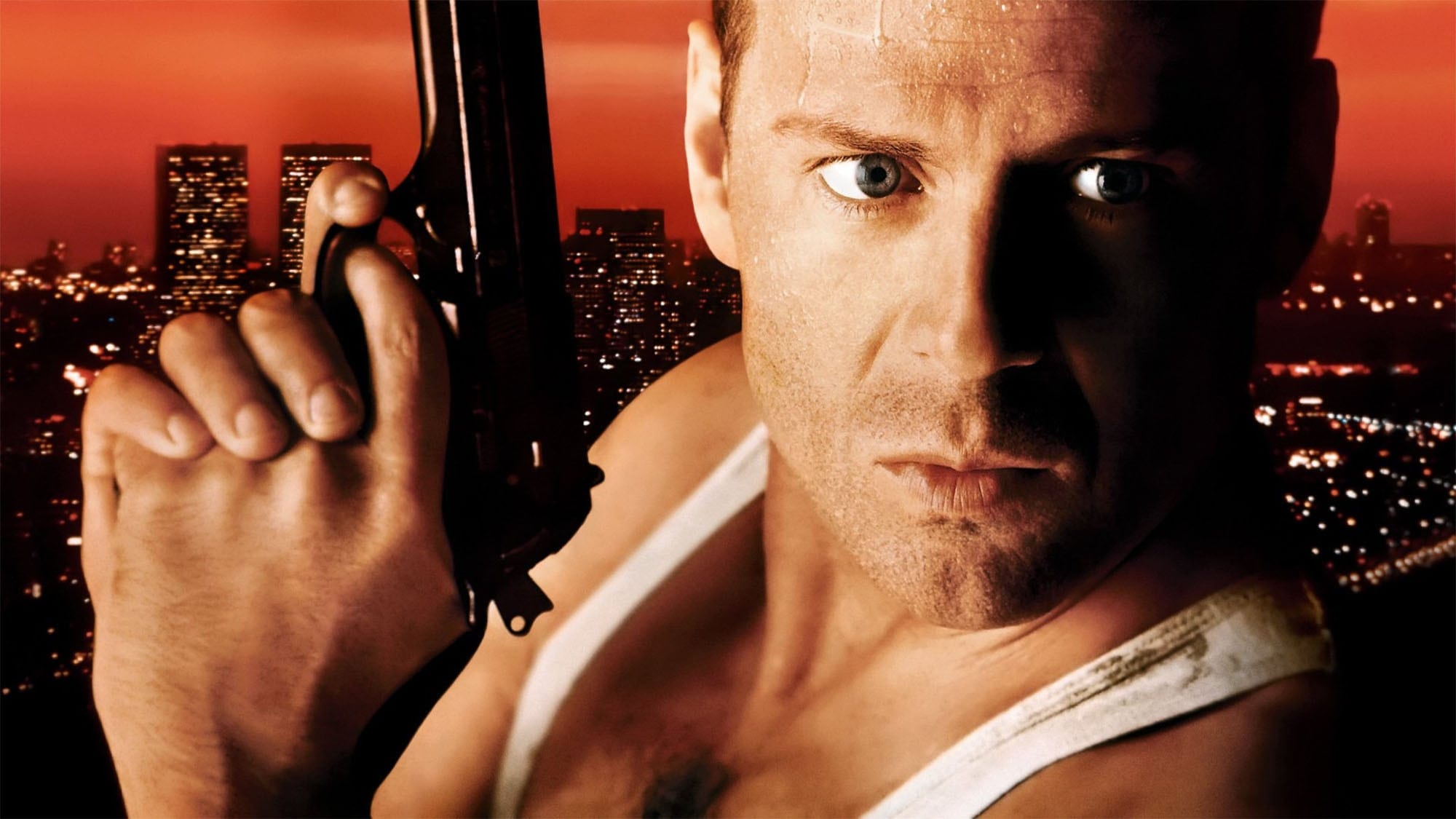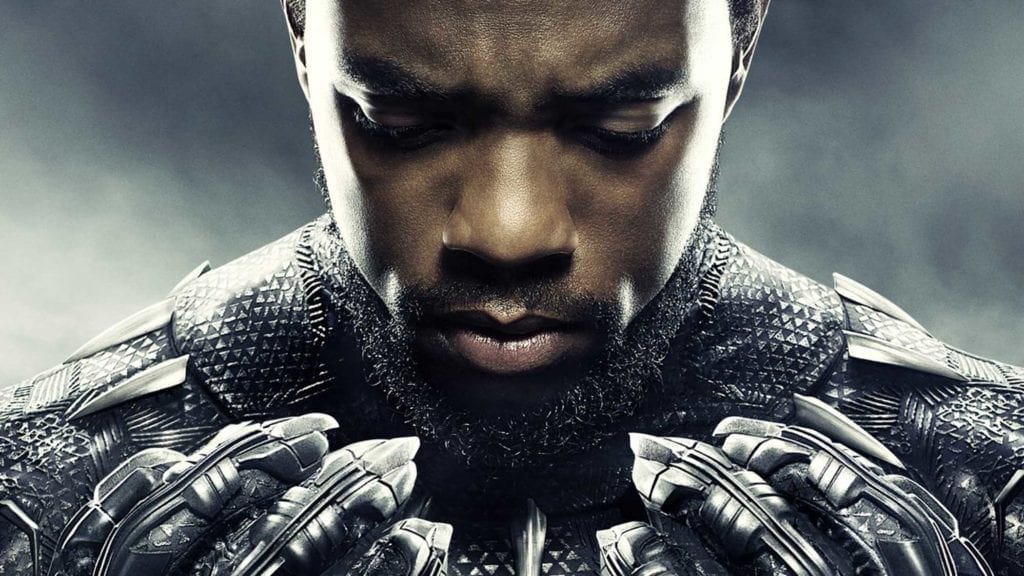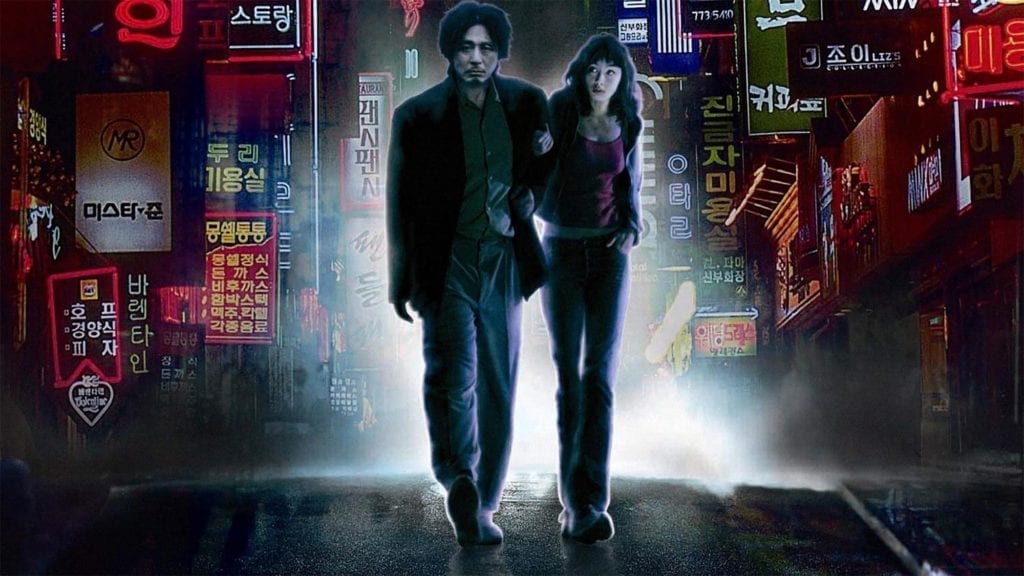
The Hero’s Journey: What is it and why is it so important?
Take a look at almost any classic movie and it has a beginning, a middle, and an end. It will setup the hero and his or her story, throw in some conflict that sees the hero in a buttload of trouble, and eventually the hero overcomes said conflict in order to save the day / win the girl.
We’ve seen it in many genres, from actions like Die Hard, to kid’s films like Harry Potter, to fantasy flicks such as Star Wars. You know the story – John McClane is slaying in the NYPD until Lord Voldemort casts a spell on the muggles and the entire universe. McClane trains as a Jedi Knight, teams up with a cocky pilot and a Wookiee, and goes on to save the galaxy from Voldemort’s world-destroying battle station.

Okay, maybe not quite that – but you get the idea. The reason why so many films follow this structure is because of a model known as The Hero’s Journey – a twelve-step monomyth concept originally presented by Joseph Campbell in 1949 in his groundbreaking book A Hero with a Thousand Faces. The twelve steps fit into the traditional three-act structure that many successful Hollywood movies have followed over the years:
Act 1: Ordinary World, Call to Adventure, Refusal, Meeting with the Mentor, Crossing the Threshold
Act 2: Tests / Allies / Enemies, Approach to the Inmost Cave, Ordeal, Reward (Seizing the Sword)
Act 3: The Road Back, Resurrection, Return with Elixir

And it worked – for many years this tried and tested formula provided screenwriters a simple and effective model that served as a blueprint for their heroic protagonist and helped build compelling stories that got butts in the theater seats.
It’s the hallmark of some of the best stories in Hollywood – from James Cameron’s Terminator, to the Wachowskis’ The Matrix, to the recent Black Panther from Ryan Coogler. For a visual example of the process, the below infographic tracks the Hero’s Journey in six of the most popular movies from the last 50 years:

While this method has worked for a wide variety of stories, unfortunately this one-size-fits-all approach has led to an abundance of sequels, prequels, and rehashes of movies that prove to be nothing more than yawnfests. Why? Because we’ve seen it all before. Screenwriter Stewart Farquhar suggested that the Hero’s Journey approach is really only now valid for myth and fantasy, although it is used across all genres.
“We, as the audience, are then force-fed a pre-sold, path predictable stream of recycled CGI (Avatar and fill-in-the-blank superheros) or storyline (Fast and Furious ad nauseum, Transformers X, and Rocky XX),” noted Farquhar.
“A careful look at the progressive Rotten Tomatoes scores of some retreads demonstrates that the fan base has grown tired as well. I grant that in a recent select few instances, War for the Planet of the Apes, Wonder Woman, and Spider-Man: Homecoming buck the retread demise. They are the exception.”

Farquhar went on to describe how there are many forms or structure – some writers subscribe to one model, while others stick to another. Some try to avoid structure altogether as they believe a story should evolve organically. “In the end, a story should dictate the kind of structure it follows or whether it shouldn’t follow a structure at all,” he added.
There’s no point trying to write a comedy and forcing the structure of a thriller upon it – it won’t work . . . Let your characters define the story and your story define your structure and then use a formula if necessary to tighten your script.
That said, the Hero’s Journey model can be used as a foundation, but it’s important to let the ideas flow without putting all of your focus on this structure – otherwise you run the risk of creating cliched rehashes over and over again. Some of the best stories in recent years might use the Hero’s Journey as a base, but the original characters, settings, and themes are what make the screenplay stand out. Here are some tips on how to use the Hero’s Journey without sticking to the same old tired formula:

Let your creativity guide you
At risk of sounding like a motivational poster, you’re a writer, so let your creativity guide you through the story. Yes, use the Hero’s Journey, but use it as a guide rather than a blueprint. As writer Sara McGuire put it, “The 12 stages can help you figure out how you will set up the conflict of your story and how you will propel the characters forward, but if you have a creative idea that strays away from the plot but makes total sense for your story, go in that direction.”
When developing characters, think outside of the box
Your characters are the most important part to the story, so don’t fluff their development. Instead of creating characters who fit into the Hero’s Journey, remember a hero can take any form – just look at Oh Dae-Su in Park Chan-wook’s Oldboy or Alex DeLarge in Stanley Kubrick’s A Clockwork Orange. Were they the “good guys” looking to save the day and win the girl? Fuck no. Were they anti-heroes who captured audience’s attention? You betcha!

Find influence in your life experiences
As the saying goes: write what you know. If you’ve already got your characters down and they’re nothing to do with the characters you’ve encountered IRL, that’s no problem. However, if you’re at the drawing board stage, it’s always helpful to draw upon your own experiences to help shape your story.
So if you think your sociopathic ex-boss Bob showed some traits that would make for a perfect anti-hero, use them! “This will help you discover how the Hero’s Journey doesn’t have to be interpreted necessarily as an epic adventure — it can also be an ordinary day-in-the-life of someone,” added McGuire.
Without further ado, it’s time to get cracking on that screenplay! Happy writing – who knows where your hero might take you?



